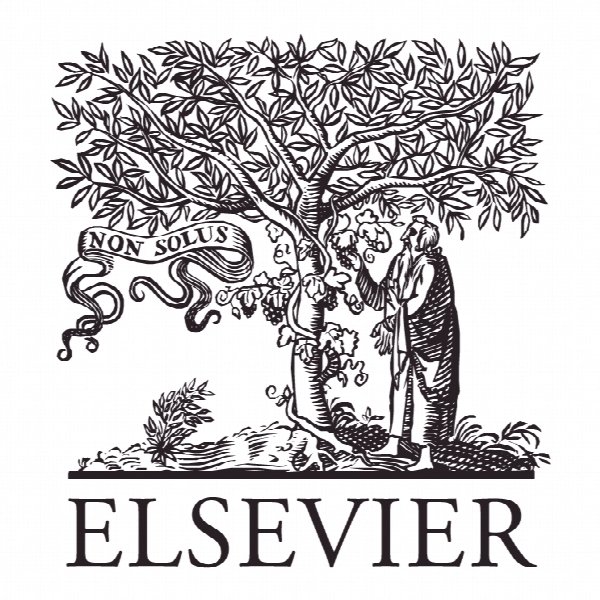“این یک مرحله است”: مطالعه مخاطبان آنلاین تصور شده کارکنان روابط عمومی ‘This is a stage’: A study of public relations practitioners’ imagined online audiences
- نوع فایل : کتاب
- زبان : انگلیسی
- ناشر : Elsevier
- چاپ و سال / کشور: 2017
توضیحات
رشته های مرتبط مدیریت
گرایش های مرتبط مدیریت منابع انسانی
مجله بررسی روابط عمومی – Public Relations Review
دانشگاه گروه ارتباطات، ایالتی داکوتای شمالی، ایالات متحده
نشریه نشریه الزویر
گرایش های مرتبط مدیریت منابع انسانی
مجله بررسی روابط عمومی – Public Relations Review
دانشگاه گروه ارتباطات، ایالتی داکوتای شمالی، ایالات متحده
نشریه نشریه الزویر
Description
1. Introduction As creative media workers, public relations (PR) practitioners play a central role in the creation, modification, and symbolization of cultural meaning in our global economy (Edwards & Hodges, 2011). Public relations is one of the cultural intermediary professions (along with journalism, marketing, and advertising) in which practitioners privilege certain consumer behaviors, artifacts, and attitudes in society (Bourdieu, 1984; Edwards, 2012). PR practitioners contribute to the development and maintenance of societal rituals and symbols by promoting their organizations and serving as an official interface between their organizations and the various groups that interact with their organizations (Edwards, 2012; Witmer, 2006). This work is embedded within an occupational culture that is influenced by the subjective meanings of individual practitioners and broader socio-cultural factors (Hodges, 2006). Of central concern to this study is that PR’s occupational culture has largely been overlooked in scholarly considerations of cultural intermediary work (Edwards, 2012). This is an oversight as the personal media habits of practitioners are implicated in one of the five moments in the circuit of culture, regulation (Curtin & Gaither, 2007). That is, media use among PR practitioners is part of an institutionalized system of professional identity formation within the field and certain norms in the field regulate occupational practice (Curtin & Gaither, 2007). This regulating behavior is an important contextual factor in the production of culture. Specifically, the attitudes and media choices of practitioners and field-preferred norms can be indicative of practitioners’ approaches to role performativity on behalf of organizations and communicative competence (L’Etang, 2011). Recent research has indicated that PR practitioners utilize non-organizational affiliated social networking accounts to create, share, and curate contentfor audiences thatinclude a mix of personal and professional audiences (Bridgen, 2011; Fawkes, 2015). We extend this conversation by examining how PR practitioners define their social network audiences and what guides their decisions to share and curate content outside of their formal work roles.


